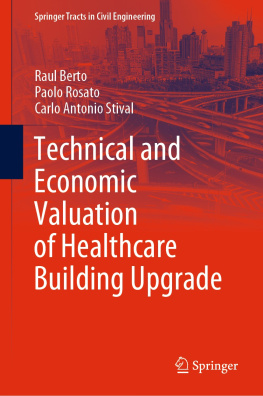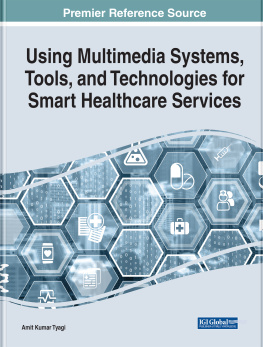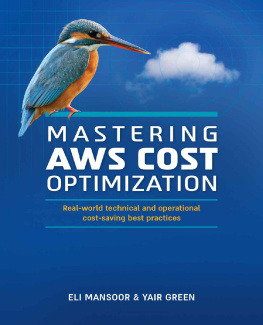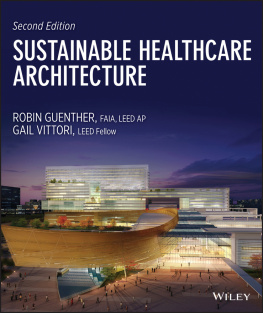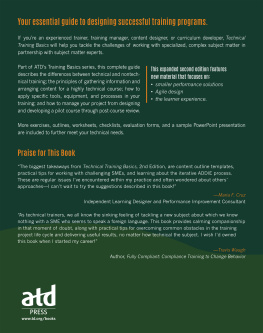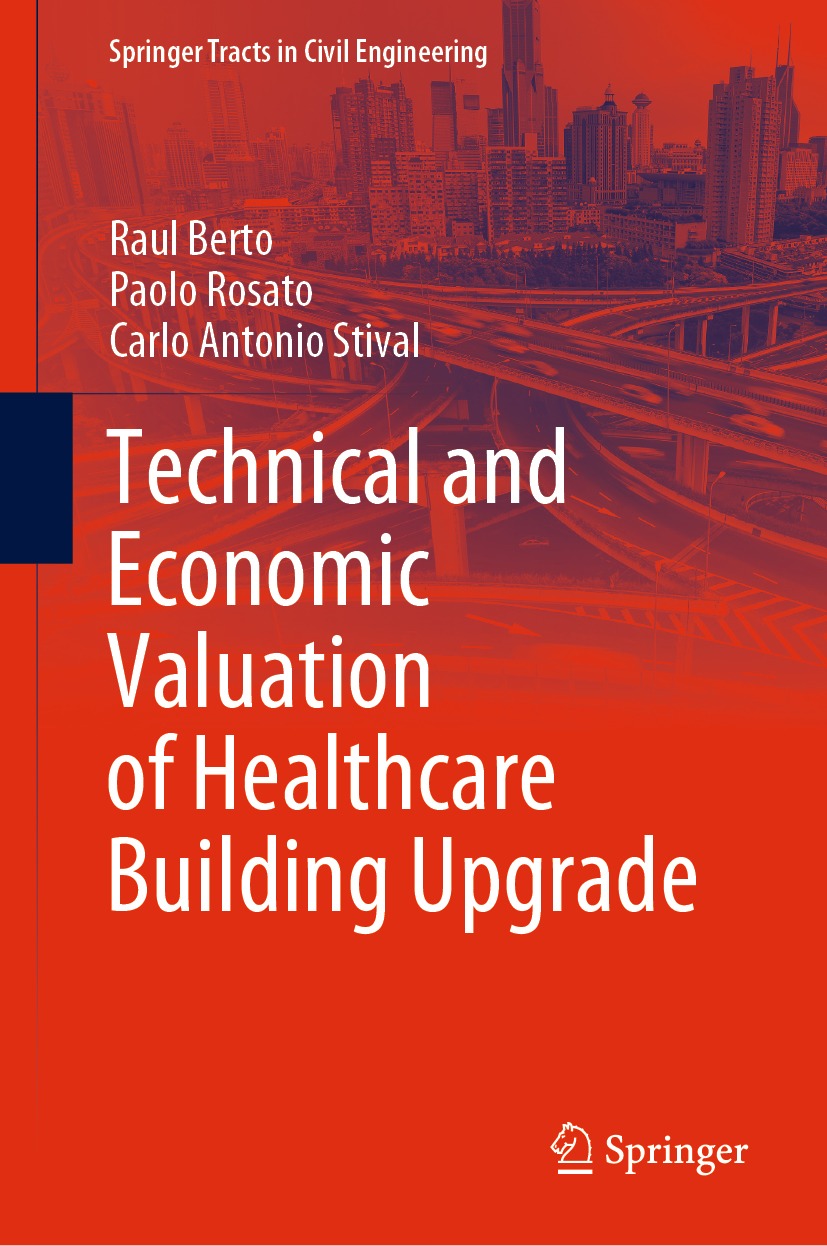Springer Tracts in Civil Engineering
Series Editors
Sheng-Hong Chen
School of Water Resources and Hydropower Engineering, Wuhan University, Wuhan, China
Marco di Prisco
Politecnico di Milano, Milano, Italy
Ioannis Vayas
Institute of Steel Structures, National Technical University of Athens, Athens, Greece
Springer Tracts in Civil Engineering (STCE) publishes the latest developments in Civil Engineering - quickly, informally and in top quality. The series scope includes monographs, professional books, graduate textbooks and edited volumes, as well as outstanding PhD theses. Its goal is to cover all the main branches of civil engineering, both theoretical and applied, including:
Construction and Structural Mechanics
Building Materials
Concrete, Steel and Timber Structures
Geotechnical Engineering
Earthquake Engineering
Coastal Engineering; Ocean and Offshore Engineering
Hydraulics, Hydrology and Water Resources Engineering
Environmental Engineering and Sustainability
Structural Health and Monitoring
Surveying and Geographical Information Systems
Heating, Ventilation and Air Conditioning (HVAC)
Transportation and Traffic
Risk Analysis
Safety and Security
Indexed by Scopus
To submit a proposal or request further information, please contact:
Pierpaolo Riva at Pierpaolo.Riva@springer.com (Europe and Americas) Wayne Hu at wayne.hu@springer.com (China)
More information about this series at http://www.springer.com/series/15088
Raul Berto , Paolo Rosato and Carlo Antonio Stival
Technical and Economic Valuation of Healthcare Building Upgrade
1st ed. 2022

Logo of the publisher
Raul Berto
Department of Engineering and Architecture, University of Trieste, Trieste, Italy
Paolo Rosato
Department of Engineering and Architecture, University of Trieste, Trieste, Italy
Carlo Antonio Stival
Department of Engineering and Architecture, University of Trieste, Trieste, Italy
ISSN 2366-259X e-ISSN 2366-2603
Springer Tracts in Civil Engineering
ISBN 978-3-030-80172-4 e-ISBN 978-3-030-80173-1
https://doi.org/10.1007/978-3-030-80173-1
The Editor(s) (if applicable) and The Author(s), under exclusive license to Springer Nature Switzerland AG 2022
This work is subject to copyright. All rights are solely and exclusively licensed by the Publisher, whether the whole or part of the material is concerned, specifically the rights of translation, reprinting, reuse of illustrations, recitation, broadcasting, reproduction on microfilms or in any other physical way, and transmission or information storage and retrieval, electronic adaptation, computer software, or by similar or dissimilar methodology now known or hereafter developed.
The use of general descriptive names, registered names, trademarks, service marks, etc. in this publication does not imply, even in the absence of a specific statement, that such names are exempt from the relevant protective laws and regulations and therefore free for general use.
The publisher, the authors and the editors are safe to assume that the advice and information in this book are believed to be true and accurate at the date of publication. Neither the publisher nor the authors or the editors give a warranty, expressed or implied, with respect to the material contained herein or for any errors or omissions that may have been made. The publisher remains neutral with regard to jurisdictional claims in published maps and institutional affiliations.
This Springer imprint is published by the registered company Springer Nature Switzerland AG
The registered company address is: Gewerbestrasse 11, 6330 Cham, Switzerland
Foreword
The research work developed by Paolo Rosato, Carlo Antonio Stival and Raul Berto is part of the broad theme that includes healthcare buildings and, more precisely, those health facilities characterized by a high organizational and technological complexity in performing diagnosis and care services.
A significant share of existing healthcare facilities consists of buildings where a certain lack of homogeneity in layout typology, different construction technologies and various levels of performance in functional adequacy are found. For these reasons, public administrations need to draw up appropriate intervention plans in line with health policy targets. Thus, modernization and renovation projects are predisposed based on relevant priorities, appropriately defined by public health administrations.
Therefore, it is clear that the acknowledgement of the present condition of healthcare facilities, in terms of technical and functional typology, their adaptability to adjustment and modernization actions and transformation-related costs are essential elements for the definition of the aforementioned intervention plans. This is the context of the valuable work developed by the researchers of the University of Trieste.
The research presented in this book develops a consistent, operational methodology to define a framework for a technical and economic evaluation of interventions to be conducted on healthcare buildings and facilities. The recognition of adjustment and modernization interventions depends on peculiar surveys related to operating health facilities comparable with the evaluation subject. Surveys concern the present conditions of facilities, their technological complexity, their functional flexibility and, above all, the costs incurred in renovation interventions. In the proposed methodological approach, these costs derive from specific analysis and a consequent aggregation in categories of homogeneous construction works that characterize various typologies of healthcare facilities. This data is derived, with the precise application of an analytical and comparative evaluation, from the technical documentation available for different healthcare buildings, suitably identified and selected to structure wide, consistent data sets.
In this way, the evaluation of intervention costs obtained through a syntheticcomparative approach will result in line with both the construction market in the healthcare sector and the design reference models that, from time to time, would be considered as project targets.
This research work will enable technical operators and healthcare administrators to use the proposed methodology to evaluate with a more realistic decision-making awareness since the developed analyses will provide an actual benchmark for intervention priorities and a reliable assessment of costs concerning planned interventions.
In conclusion, this work is characterized by a double value. First, the scientific value is highlighted by the innovation inherent in the proposed methodology. Second, a planning tool for the intervention design on existing healthcare building stock is available for a first operative experimentation that could be carried out by each healthcare administration.

